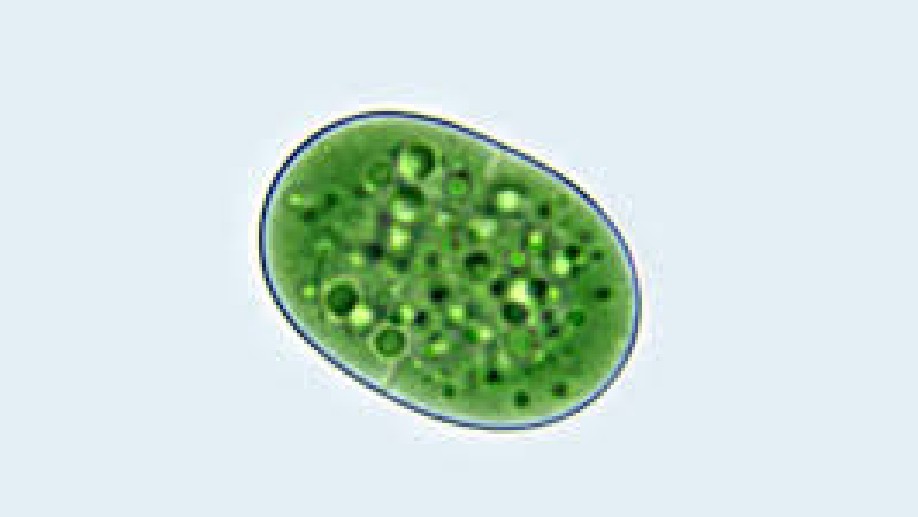
Biography
I am currently a third year PhD Student of Molecular Biology at South Dakota State University, conducting research in Dr. Zhou’s “Green Microbiology” lab. My current research focus includes biological nitrogen fixation, cyanobacteria, and biotechnology.
I am increasingly interested in bioinformatics and predictive modeling of problems, both biology related and otherwise. I hope to use these tools in my dissertation and eventually transition to bioinformatics or data science. In preparation for this transition, I have incorporated the use of R, Python, and Linux (HPC) into my dissertation research as well as for community challenges such as Dream Challenges and Kaggle, and for personal learning projects such as this Shiny App https://jamesyoung.shinyapps.io/PredictLionsPlays/.
Interests
- Bioinformatics/Molecular Biology
- Predictive Modeling/Data Science
- Writing and Public Speaking
Education
-
Phd Student in Molecular Biology, 2017-present
South Dakota State University
-
Bachelor of Science in Biochemistry, 2013-2017
University of Jamestown



